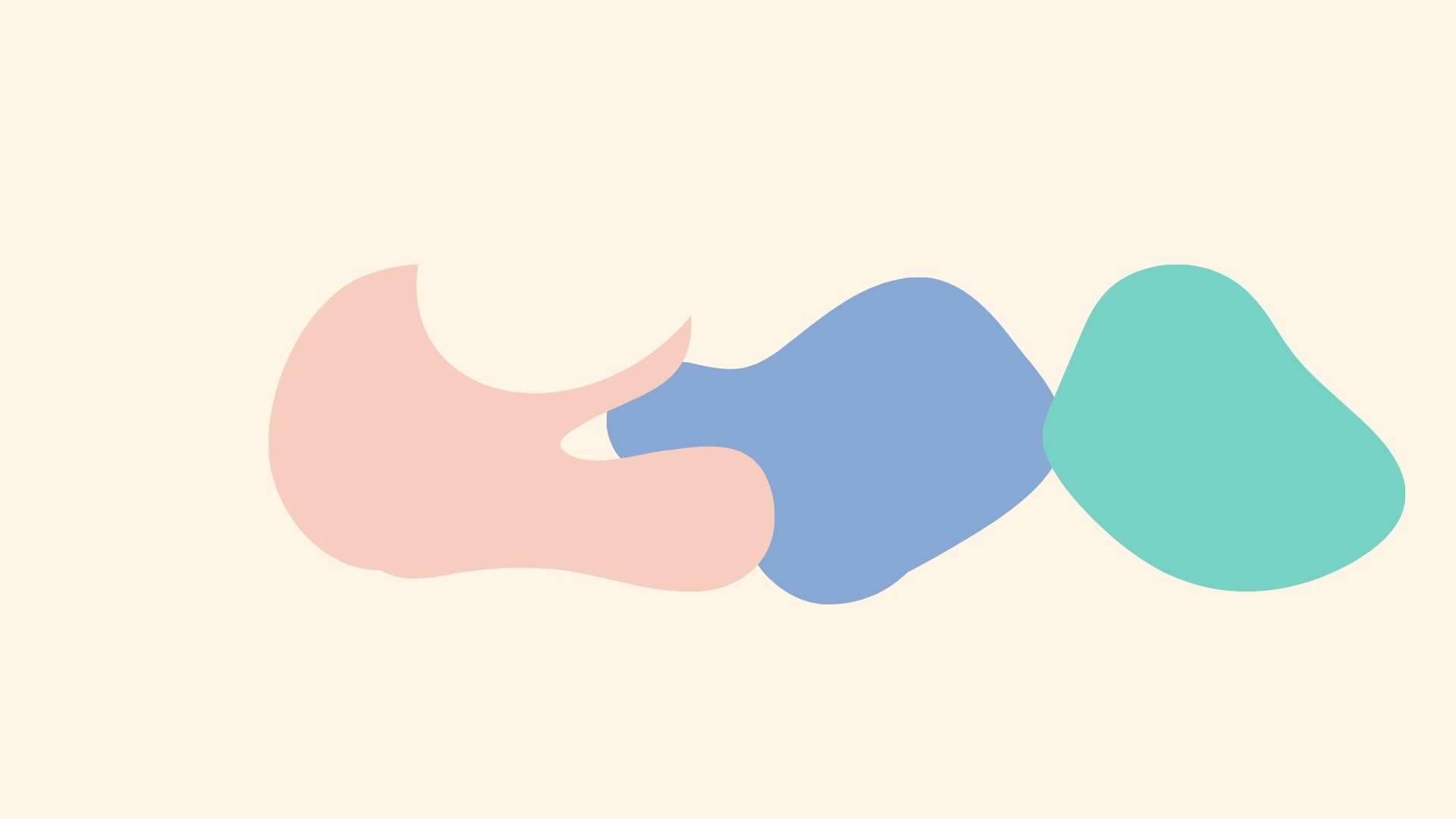Hypnosis Therapy in Berlin
Definition of hypnosis
The term hypnose comes from the Greek word “hupnos” which means sleep. Contrary to its etymology, hypnosis is a natural state of altered consciousness. It does not correspond to a waking state but to a dissociative state which allows access to the unconscious. According to the Larousse dictionary: “the term unconscious designates in a fairly general way the inaccessible part of the psychic functioning of any human individual, whether this inaccessibility is temporary or constant.” It’s that part that is stronger than yourself, what you can stop yourself from being, doing or thinking.
Ericksonian hypnosis is a therapeutic approach that allows the patient to access their unconscious to make profound changes that consciousness cannot make on its own. The unconscious and the conscious will combine together to resolve problems and develop new, healthier and more balanced coping strategies for the patient.
Ericksonian hypnosis:
It is a support that is useful for pain, the management of anxiety disorders (stress, phobia, low self-esteem, panic attacks), for addictions (eating disorders and smoking), for somatization (dermatological , migraine, inflammation) and in psychopathology (personality and mood disorders). It is useful to help people better manage their emotions or physical reactions to stress or anxiety factors. Hypnosis is a complementary method to medical, paramedical and psychological monitoring. In the context of chronic and/or serious illness, however, it is recommended to have the agreement of a doctor and that medical monitoring is always effective in order to be able to use hypnosis.
It is a humanist approach where the therapist induces in the patient, in a state of modified consciousness, indirect suggestions which allow the unconscious to mobilize its psychic resources. Ericksonian hypnosis appeared at the beginning of the 20th century by the American psychiatrist Milton.H Erickson who was able to cure of his poliomyelitis (paralysis) thanks to self-hypnosis. He views hypnosis as a natural and permissive state. Erickson believes that everyone has within them the resources and capacity to alleviate their own suffering and resolve their problems in ways that are not necessarily cognitively understood and analyzed. For him, it is only important that changes occur.
Indeed, we are all, to more or less different degrees, receptive to the hypnotic state that we experience every day in our daily lives. For example when we read a book, our mind elsewhere and we must return to the lines that we have covered but which we have not read. Even better, for those who drive, when we realize that for a period of time, our mind goes elsewhere, yet driving has been done automatically. For movie buffs, movies are a great example of an altered state of consciousness. Indeed, if you watch a film in the cinema, you are well aware that certain things do not exist in reality or are not plausible, and yet, during the moment of a film and you let yourself be caught up in the game! In hypnosis it is the patient who will be at the origin of his modified state of consciousness throughout the session.

psychological support & therapies for berlin expats
 The effects of hypnosis on the brain:
The effects of hypnosis on the brain:
The brain will modify its activity when it is in a hypnotic trance. Initially we notice a drop in activity in the dorsal anterior cingulate cortex, that is to say the area which evaluates the context, focuses our attention and allows us to make decisions. Then we observe an increase in activity in the frontal lobe, the part responsible for problem solving as well as a cerebral intensity in the prefrontal cortex (area which manages adaptation, allows one to change behavior and evaluate one’s consciousness self).
The increase in connections between the dorsolateral prefrontal cortex (executive control) and the insula (part that regulates bodily functions.) allows the subject to pay less attention to what is happening around them. We also observe weaker connections between certain areas of the parietal lobe, which creates a dissociation between the action and the awareness that we have of this act. Finally, we see an inversion of the connection between the dorsolateral prefrontal cortex and the posterior cingulate cortex, the part which manages thoughts and mental ruminations, which induces detachment and therefore a reduction in self-awareness. This explains how indirect suggestions will act on the unconscious without the patient asking questions and allowing him to consider things differently. Hypnosis induces a restoration of functional connectivity between the central nervous structures which are: the neuroendocrine-immune axis, interoception (awareness of the internal state of one’s body), regulation of the central and peripheral system and the vagal tone.
 Contraindication:
Contraindication:
Hypnosis cannot be offered to people with a psychotic structure or an autism spectrum disorder. Because hypnosis lowers psychic defense mechanisms and therefore allows the unconscious to take up more space.
We’re Here to talk
Write to us
Schönhauser Allee 55, 10437 BERLIN
Open Hours
Mon – Fri: 09AM – 08PM
Sat : 09AM – 07PM






